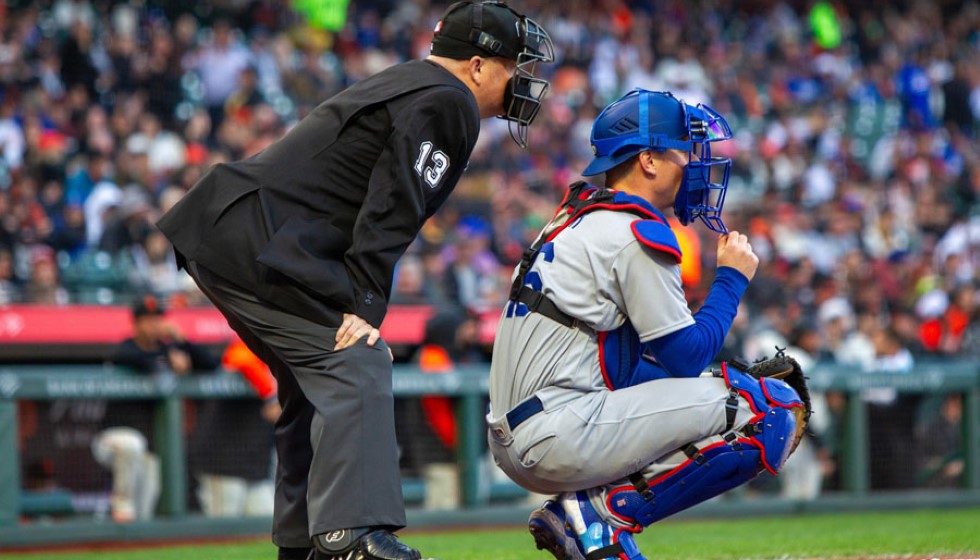
Inside the High-Stakes World of MLB Arbitration
As baseball enthusiasts eagerly anticipate the upcoming Major League Baseball season, a flurry of activity emerges behind the scenes as teams and players navigate the intricate labyrinth of arbitration discussions. This yearly exercise is not merely a negotiation; it's a critical juncture influencing a player's financial trajectory, as epitomized by recent developments across the league.
Thursday served as a pivotal date on the MLB calendar, marking the final opportunity for teams and players to submit salary proposals for the 2025 season when mutual agreement had yet to be reached. By 8 p.m. ET, unresolved contract talks gave way to the exchange of figures to prepare for arbitration hearings, slated for later in the month.
Arbitration Eligibility and Its Nuances
In the realm of Major League Baseball, players with three to six years of service time are eligible for arbitration, joining a unique subset known as "Super Twos." These are players with service time ranging between two and three years, a special category that brings a heightened sense of urgency to proceedings. This year, the Super Two cutoff was demarcated at two years and 132 days of service, drawing a clear line in the sand.
The discussions at the arbitration table are intricately tied to the salaries of comparable players sharing similar service time, making each negotiation a meticulous exercise in comparison and analysis.
Notable Agreements and Records
In a landscape where avoiding arbitration is often a goal, some players and teams successfully reached agreements ahead of the deadline. A standout in these negotiations was Vladimir Guerrero Jr., who secured a $28.5 million agreement with the Toronto Blue Jays, elegantly sidestepping arbitration. Over his four arbitration years, Guerrero has negotiated earnings exceeding $70 million, a testament to his batting prowess and negotiating team.
In a similar vein, the San Diego Padres concluded their negotiations with Luis Arraez and Dylan Cease, arriving at figures of $14 million and $13.75 million, respectively. Meanwhile, the Boston Red Sox reached an understanding with Garrett Crochet, settling on a one-year deal worth $3.8 million. These agreements underscore the nuanced balance teams attempt to strike between salary expenditure and retaining pivotal talent.
However, the St. Louis Cardinals and Brendan Donovan couldn't reach an agreement before the deadline, leaving Donovan, along with players like Jarren Duran and Michael King, navigating the path toward arbitration hearings. For players who reach contractual consensus before the filing cutoff, the reward is a fully guaranteed contract, a safety net encompassing both financial assurance and career stability.
Breaking Records and Navigating Emotions
A focal point in this season's arbitration proceedings was the staggering figure set by Soto, who inked a record-breaking deal of $79.6 million during arbitration. This deal not only highlights Soto's extraordinary value on the field but also the relentless upward pressure on compensation for elite players.
While financial figures capture headlines, the emotional facet of arbitration remains less visible yet equally impactful. Former Brewers pitcher Corbin Burnes offered insight, recalling how he felt "hurt" by the arbitration process back in 2023. His reflection shines a light on the personal toll these discussions can exact, as players grapple not only with numbers but with perceived valuation and recognition from their organizations.
Conclusion
Arbitration in Major League Baseball is much more than a negotiation tactic; it is a pivotal process shaping careers and financial futures, with ripple effects felt throughout the league. As the season inches closer, these dealings remind us of the delicate balance of empirical appraisal and emotional interplay that define professional sports at its zenith.
For players, teams, and fans alike, the arbitration season offers a fascinating glimpse into the undercurrents of baseball economics, revealing that behind every stat and salary is a deeper narrative of aspiration, negotiation, and, ultimately, resolution.